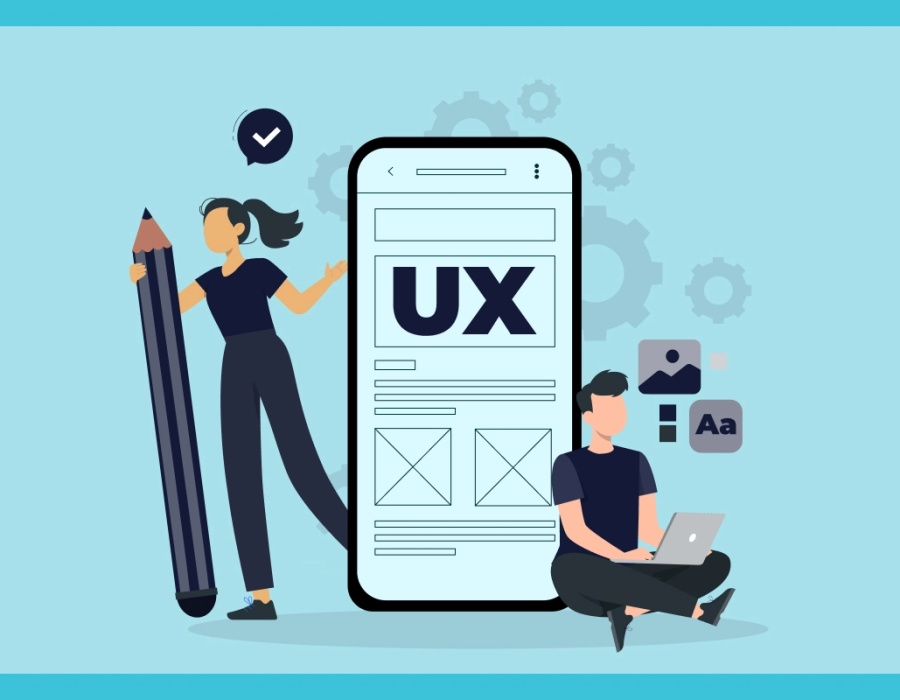Applications that support internal processes are frequently found in large enterprises. The purpose of these internal solutions is to simplify and ease employees’ work. However, they rarely hit the mark. We typically hear about instances where such solutions turn into issues.
Why do these kinds of situations happen?
Mostly because businesses fall behind in terms of enterprise UX design. Mobile app design services are not given the same priority as consumer solutions. Between the two, there is a significant change in priorities, objectives, and quality. What benefits can one get from investing in enterprise app UX design seems to be the fundamental question. Remarkably, quite a bit! Enterprise user experience design has an impact on all of these factors, including sales, productivity, and staff satisfaction.
So let’s discover more about this significant although little-known field. In this blog, we’ll go over what is enterprise UX design, how it differs, what problems it presents, and things to think about while designing for businesses.
What is Enterprise User Experience and Why it Matters?
The design of corporate products, or products for people at work, is referred to as enterprise user experience (UX). The users are not the general public; rather, they are employees of businesses. As a result, these solutions are customized for various industries, professions, or businesses. Intranets, CRM, ERP, and HR management systems are a few examples.
Businesses need to prioritize enterprise user experience because it has a direct impact on the bottom line. Organizational productivity increases when workers are equipped with the tools they need to do their jobs more effectively. Good business is predicated on good enterprise user experience (UX).





Comments